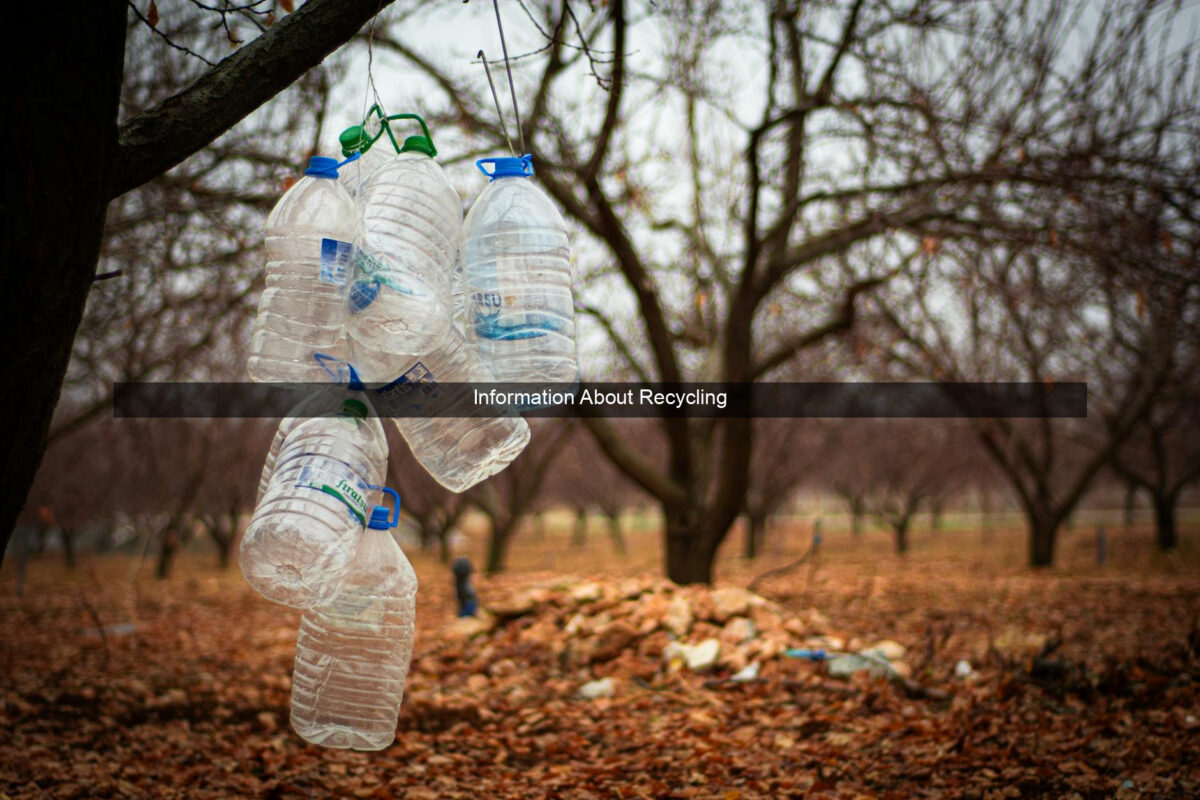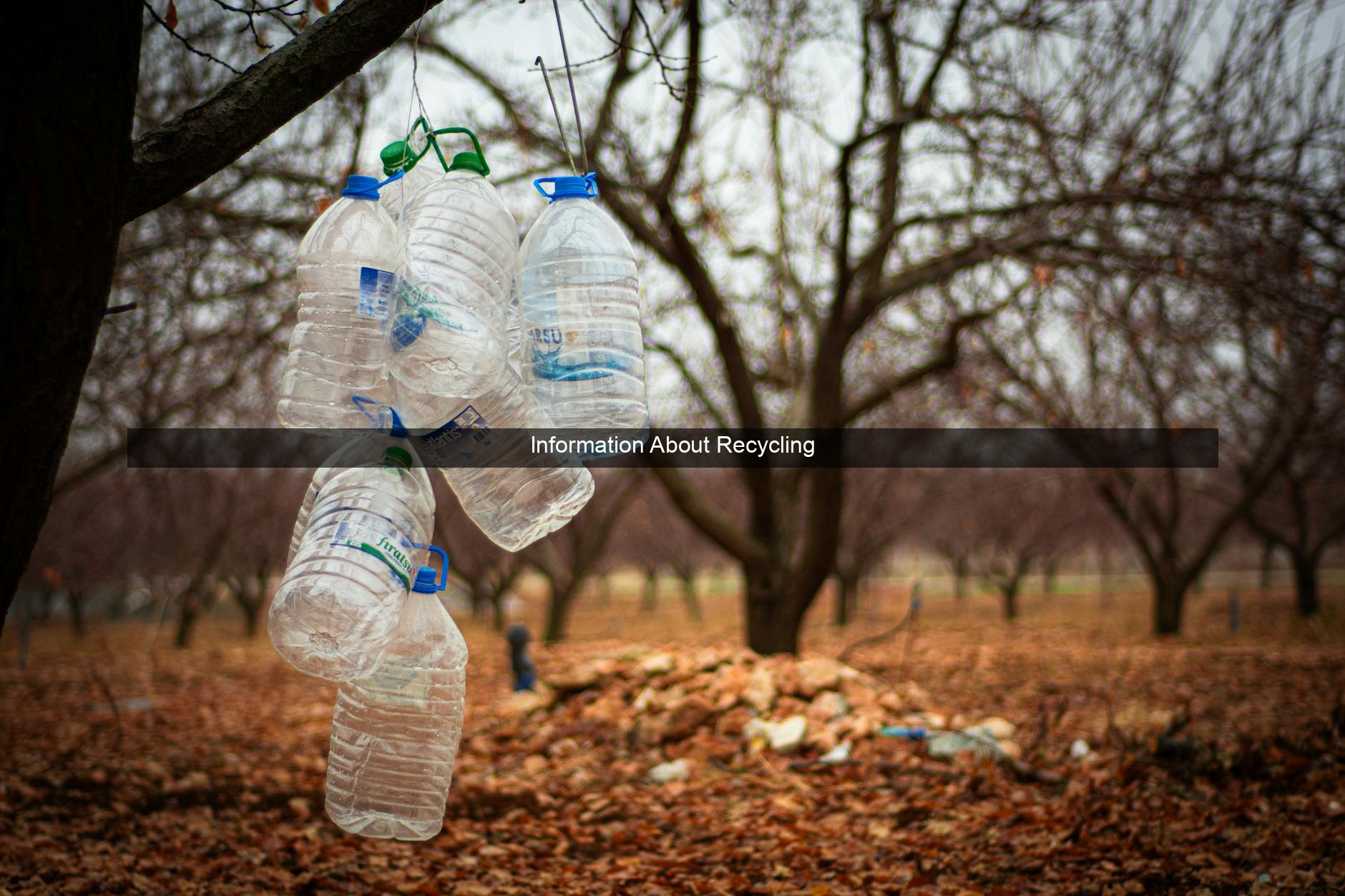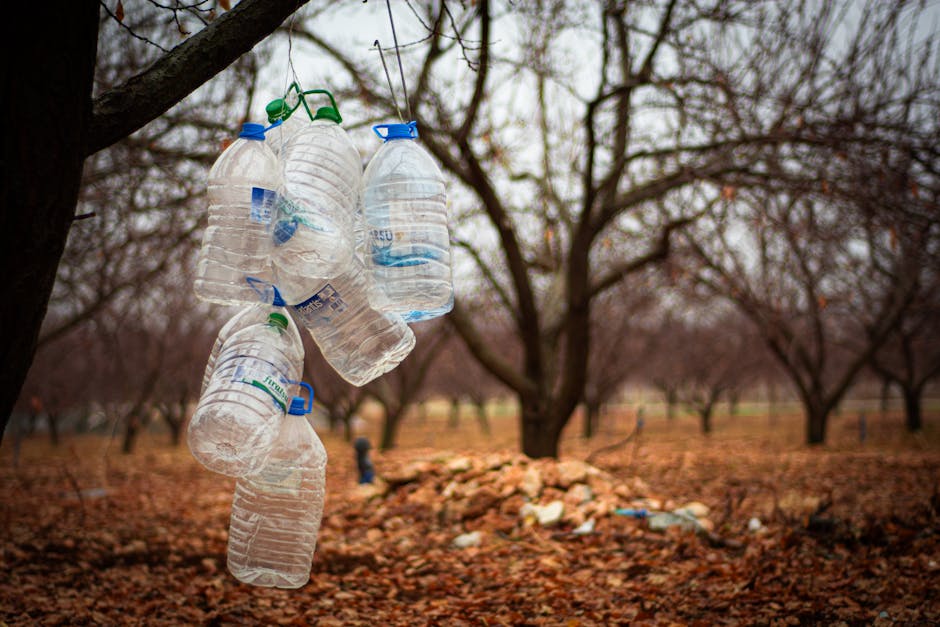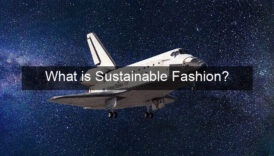Information About Recycling

- Information About Recycling
- The Environmental Benefits of Recycling
- Conserving Precious Natural Resources
- Reducing Landfill Burden
- Combating Pollution
- Understanding the Recycling Process
- Collection and Sorting
- Processing and Manufacturing
- The Importance of Consumer Participation
- Commonly Recycled Materials
- Beyond the Bin: Reducing and Reusing
- Minimizing Consumption
- Creative Reuse
- Conclusion

Our planet is drowning in waste. From overflowing landfills to plastic-choked oceans, the evidence of our consumption habits is stark. Recycling offers a powerful solution, a lifeline for our environment. It’s not just about tossing a can into a blue bin; it’s about actively participating in a global effort to conserve resources, reduce pollution, and build a more sustainable future. Recycling is more than an eco-friendly trend; it’s a necessity. This article will delve into the intricacies of recycling, exploring its benefits, the processes involved, and how each of us can play a vital role in closing the loop. We’ll uncover the transformative power of turning trash into treasure and examine how small changes in our daily lives can have a monumental impact on the health of our planet. Embracing recycling isn’t just about saving the Earth; it’s about safeguarding our own future.

The Environmental Benefits of Recycling
Conserving Precious Natural Resources
Recycling helps conserve finite natural resources like timber, water, and minerals. Extracting and processing these resources is energy-intensive and often environmentally damaging. By recycling materials, we reduce the need to exploit virgin resources, preserving them for future generations.
Consider the impact on forests. Recycling paper reduces the demand for wood, helping to protect vital ecosystems and combat deforestation. Similarly, recycling metals reduces the need for mining, a process that can lead to habitat destruction and water pollution.
By choosing to recycle, we actively contribute to the preservation of our planet’s valuable resources.
Reducing Landfill Burden
Landfills are overflowing with waste, contributing to soil and water contamination. Recycling diverts materials from these landfills, extending their lifespan and minimizing the environmental impact of waste disposal.
Decomposing organic waste in landfills produces methane, a potent greenhouse gas. By composting food scraps and yard waste instead of sending them to landfills, we can significantly reduce methane emissions.
Less waste in landfills means less pollution and a healthier environment for everyone.
Combating Pollution
Manufacturing new products from virgin materials generates significantly more pollution than producing goods from recycled materials. Recycling drastically reduces air and water pollution associated with manufacturing processes.
For instance, recycling aluminum requires only 5% of the energy needed to produce aluminum from bauxite ore. This translates to a substantial reduction in greenhouse gas emissions and other pollutants.
By choosing recycled products and recycling our waste, we actively combat pollution and contribute to cleaner air and water.
Understanding the Recycling Process
Collection and Sorting
The recycling process begins with the collection of recyclable materials. This can involve curbside pickup, drop-off centers, or deposit programs. Once collected, materials are transported to sorting facilities.
At sorting facilities, materials are separated based on their type (e.g., paper, plastic, glass, metal). This often involves a combination of manual and automated processes, including conveyor belts, magnets, and optical sorters.
Proper sorting is crucial for ensuring the quality of recycled materials and maximizing their value.
Processing and Manufacturing
After sorting, the materials are processed into a form suitable for manufacturing new products. This may involve cleaning, shredding, melting, or other processes depending on the material type.
Processed materials are then sold to manufacturers who use them to create new products. These products can range from paper and packaging to clothing, furniture, and building materials.
The use of recycled materials in manufacturing reduces the demand for virgin resources and closes the recycling loop.
The Importance of Consumer Participation
The success of recycling programs hinges on active consumer participation. This includes properly sorting recyclables, rinsing containers, and avoiding contamination.
Educating ourselves about local recycling guidelines is crucial. Different communities have different rules about what can and cannot be recycled.
By following these guidelines, we ensure that our efforts are effective and contribute to a more sustainable future.
Commonly Recycled Materials
| Material | Recycling Process |
|---|---|
| Paper | Pulped and processed into new paper products |
| Plastic | Melted and reformed into new plastic items |
| Glass | Crushed and melted to create new glass containers |
| Metal | Melted and purified to produce new metal products |
- Always check local guidelines for specific instructions.
- Rinse containers to remove food residue.
- Avoid placing non-recyclable items in recycling bins.
Beyond the Bin: Reducing and Reusing
Minimizing Consumption
While recycling is essential, reducing our overall consumption is even more impactful. By making conscious choices about what we buy and how we use products, we can minimize waste generation.
Opt for reusable items like water bottles, shopping bags, and coffee cups. Avoid single-use plastics and packaging whenever possible.
By consuming less, we reduce the strain on our planet’s resources.
Creative Reuse
Before discarding an item, consider how it might be reused. Repurposing old clothes, furniture, and other items can extend their lifespan and reduce waste.
Get creative and think outside the box. An old t-shirt can become a reusable shopping bag, and glass jars can be used for storage.
By finding new uses for old items, we reduce waste and foster a more sustainable lifestyle.
Conclusion
Recycling is a crucial component of a sustainable future. By embracing recycling, reducing consumption, and reusing materials, we can collectively make a significant positive impact on the health of our planet. Every small action counts, and together, we can create a cleaner, greener world for generations to come.



